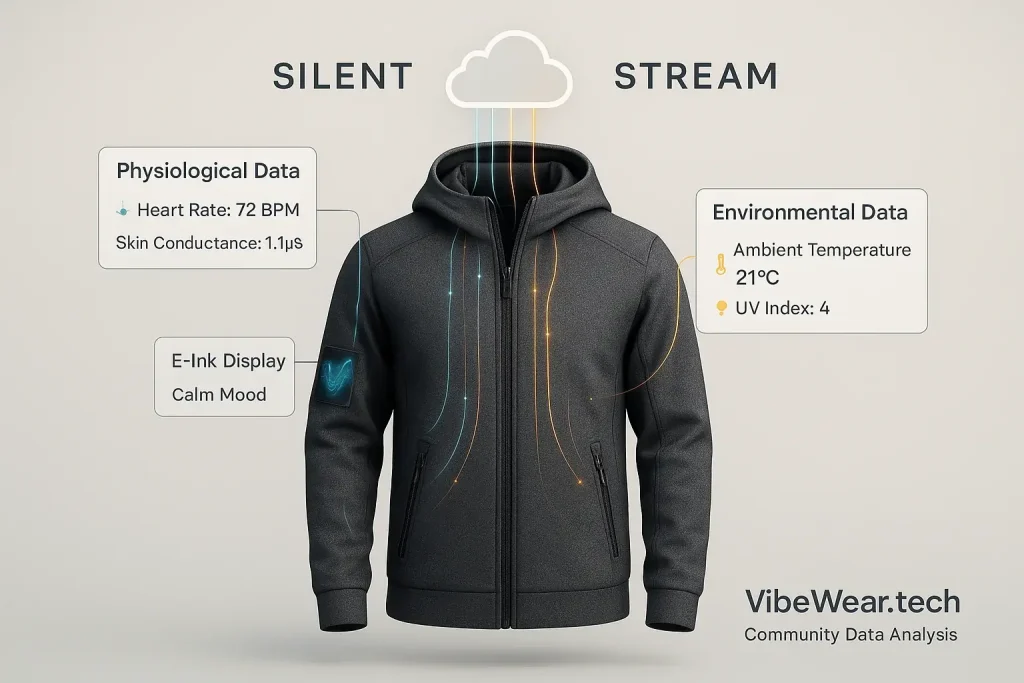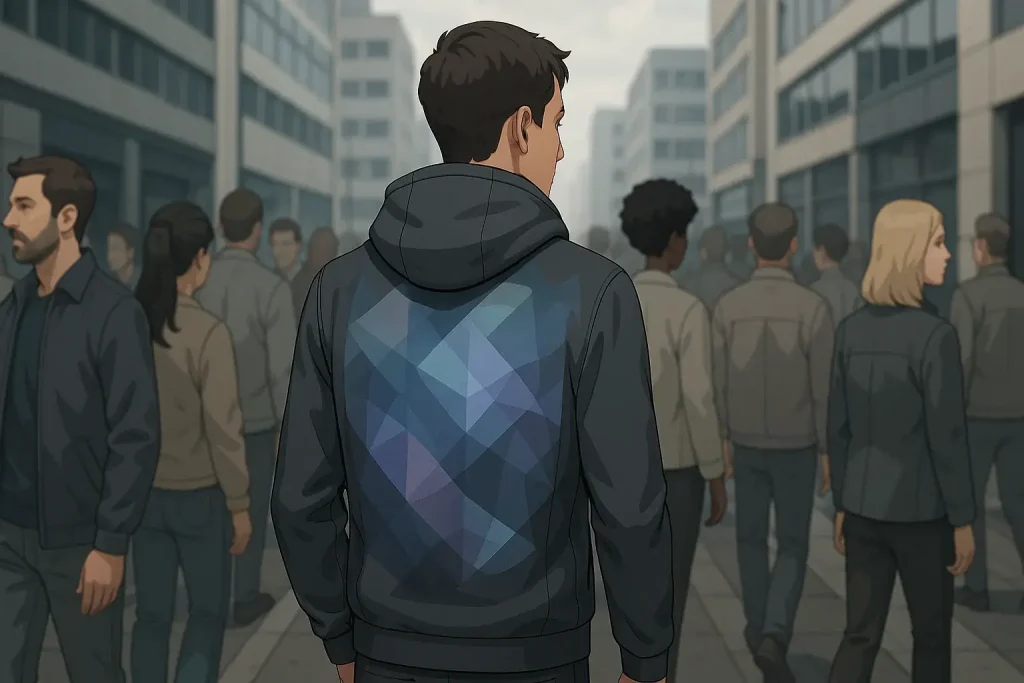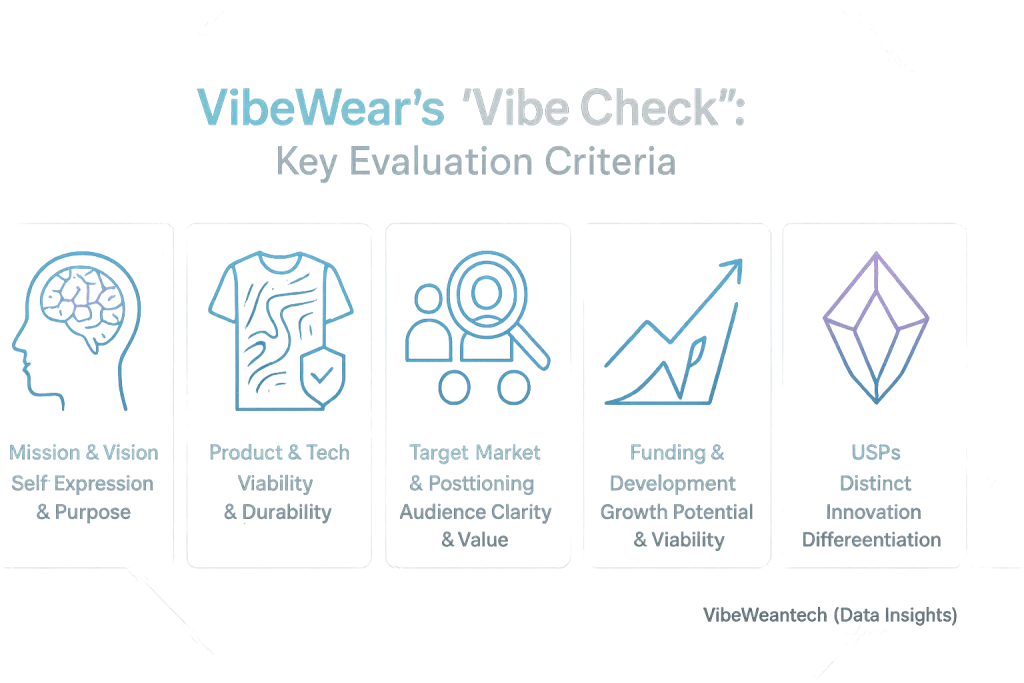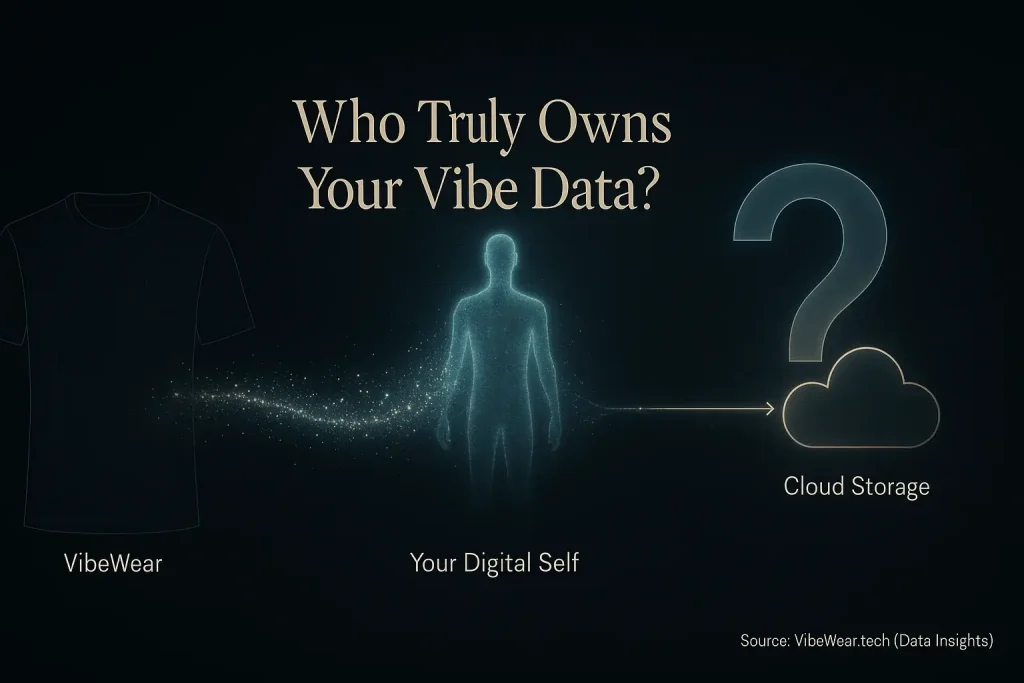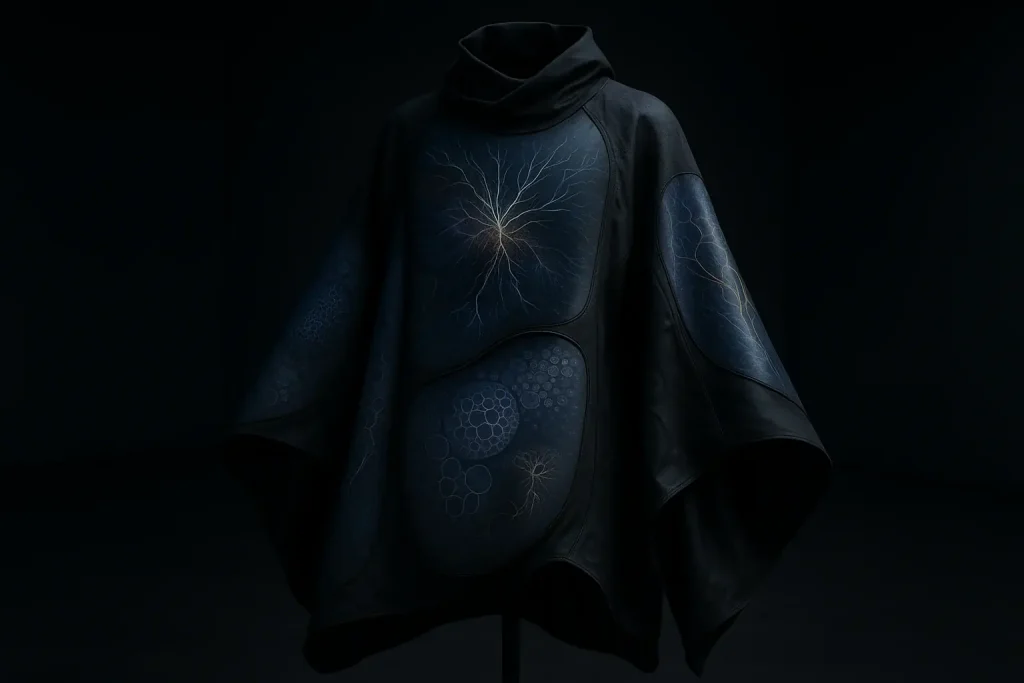Beyond Sight & Sound: What are Adaptive Sensors in Fashion?
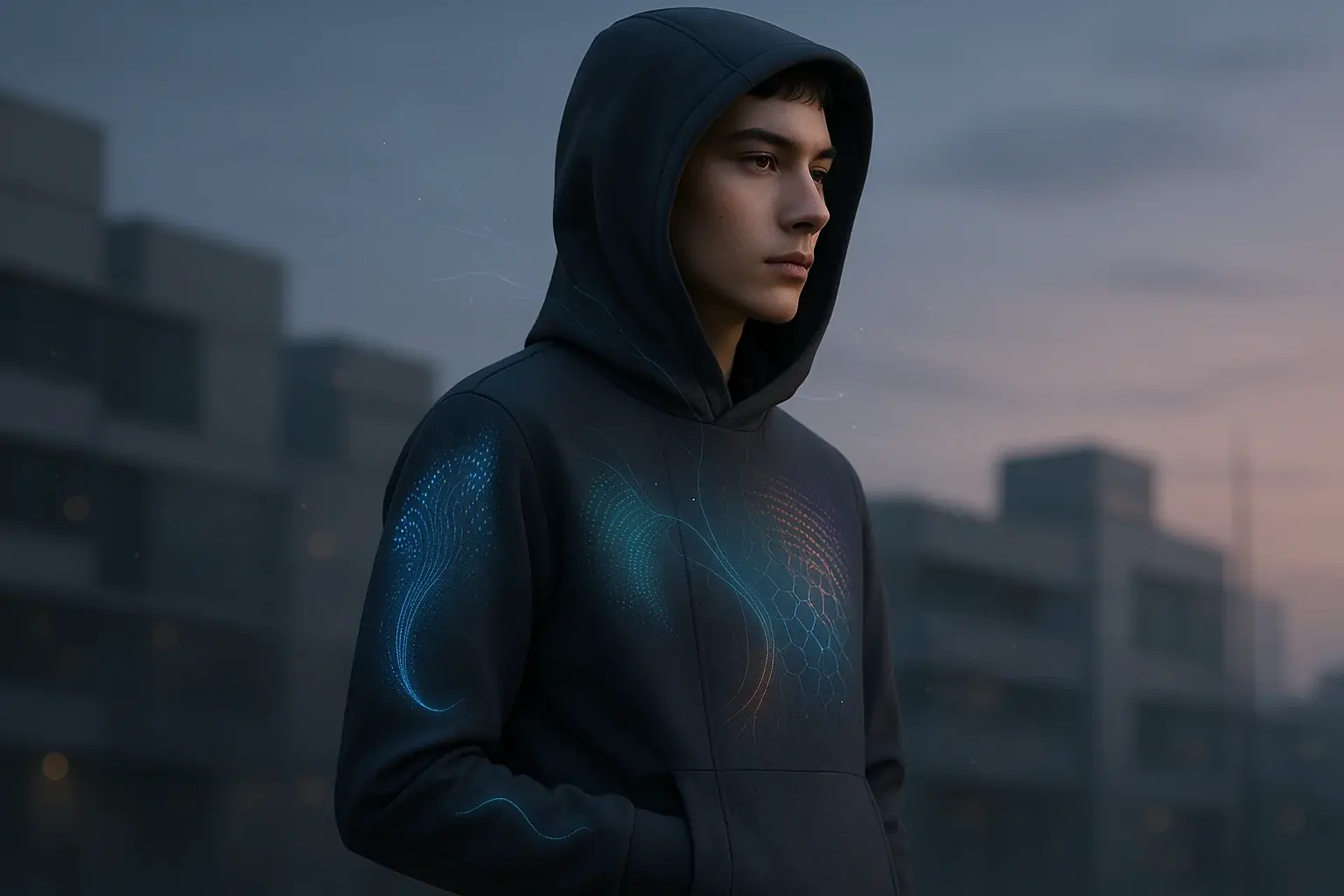
Imagine clothing exceeding mere coverage. What if it could perceive the world around you, or even sense your inner vibe? Adaptive sensors, often part of smart textiles, grant clothing this extraordinary 'sixth sense'. This technology moves garments beyond static coverage. Clothing becomes deeply responsive to you and your environment.
These sensors are not mere fancy gadgets. They are the invisible eyes and ears that make mood-adaptive streetwear authentically 'adaptive.' Sensors detect subtle cues, often imperceptible to humans. They translate these cues into a dynamic visual language on your E-Ink display. This process transforms apparel into an extension of self-expression and interaction.
This technology unlocks new communication pathways, fostering deeper connections and even self-understanding. Fashion becomes authentically intelligent. A silent revolution. Many people imagine sensors as bulky, uncomfortable tech; a common misconception. The 'unspoken truth' is far simpler: modern sensor integration aims for near-invisibility and seamless comfort. Your adaptive garment feels like a second skin. Not a circuit board.
The Invisible Language: How Sensors Read Your Vibe & Environment
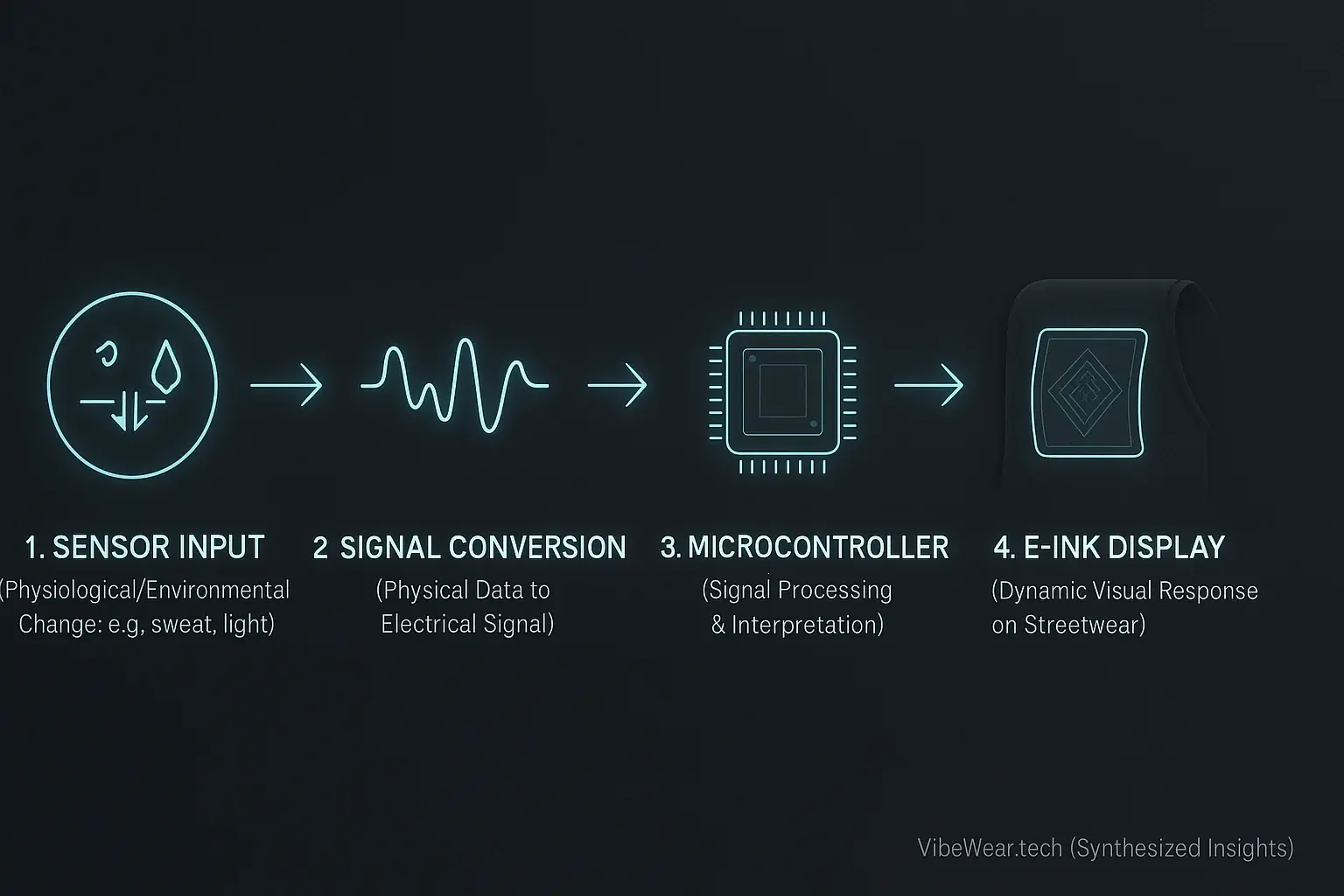
Sensors detect environmental changes. Or bodily shifts. They convert these physical changes into electrical signals. This translation changes physical 'feelings' into digital 'words'. A computer then understands these words.
These electrical signals travel to a microcontroller. A tiny brain. This brain processes raw data. It filters noise. It interprets the 'meaning' behind signals. Your subtle mood shift becomes actionable information.
Processed data then reaches E-Ink display panels. These panels dynamically alter appearance. Patterns shift. Colors change. Text displays. Your clothing visually responds to the sensor's input. It is a seamless loop: you feel, sensor detects, tech processes, clothing responds.
A subtle point often emerges. The real magic lies not just in sensing. It rests in the interpretation of that data. A single sensor reading means little. Combining multiple signals, or analyzing patterns over time, reveals a much richer 'vibe'. This concept is sensor fusion. Sensor fusion represents the future of truly intuitive adaptive wear.
What Your Clothes Can 'Feel': Types of Data Sensors Capture
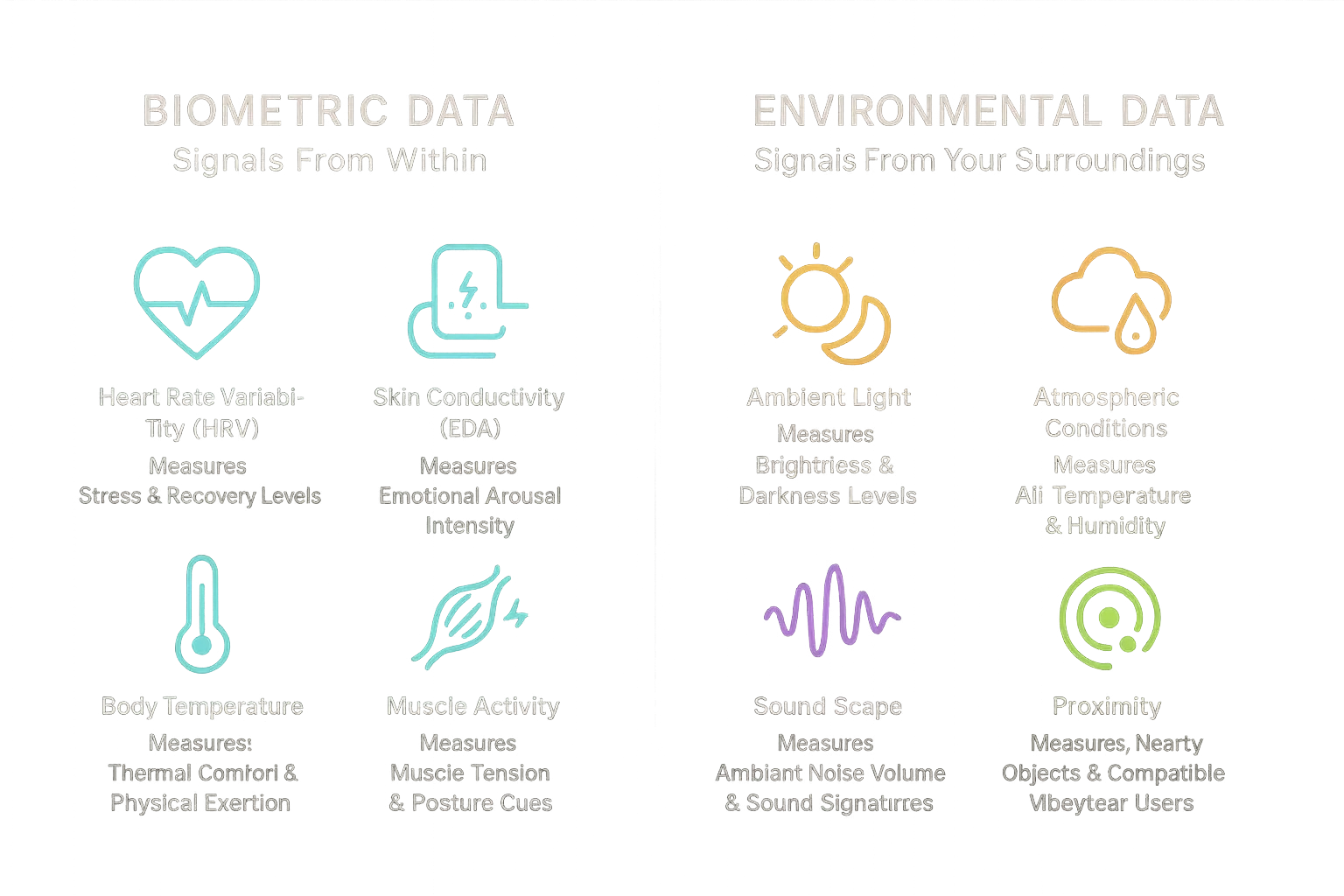
So, what exactly are these 'sixth sense' garments picking up on? It boils down to two main categories of information. One details what happens inside you. The other describes what happens around you. Understanding these data types is absolutely key. This insight helps you appreciate adaptive fashion's true potential.
- First, your own body provides a wealth of silent signals. These physiological cues paint a vivid picture of your internal state. Your clothing can become a personal health monitor.
- Heart Rate Variability (HRV): This subtle measure reflects your stress and recovery levels. Your shirt might shift to calming blues when it detects HRV patterns indicating stress. This signals you might need a moment.
- Skin Conductivity (Electrodermal Activity - EDA): Your skin's electrical changes indicate emotional arousal or intensity. A jacket could display dynamic e-ink patterns that intensify with excitement, reflecting your engagement.
- Body Temperature: Core and skin temperature fluctuations reveal your comfort or physical exertion. Your adaptive clothing might adjust its perceived texture through e-ink patterns. It could also subtly change color to visualize your thermal state.
- Muscle Activity (Electromyography - EMG): Sensors can detect fine muscle twitches or sustained muscular tension. An e-ink sleeve could display a gentle visual pulse if it senses prolonged shoulder tension. This prompts a posture check.
- Then, there's the world outside. Your clothing can become a mini-weather station. It can even act as a social barometer, sensing the surrounding vibe.
- Ambient Light: Sensors detect how bright or dark your surroundings are. Your garment could subtly brighten its e-ink display in dim rooms. It might dim itself in bright sunlight for better pattern readability.
- Air Temperature & Humidity: External sensors measure immediate atmospheric conditions effectively. Your outerwear could visually signal a sudden temperature drop with a crisp e-ink animation. This warns you to seek shelter.
- Sound Levels/Types: Microphones can pick up ambient noise volume or specific sound signatures. Your e-ink hoodie might react to music beats with synchronized visual pulses. It could also shift to muted, calm patterns in designated quiet zones.
- Proximity: Sensors can detect nearby objects or other compatible VibeWear. Your clothing patterns could subtly animate when friends wearing similar tech approach. This creates a silent, shared visual language. 💡
Beyond Display: How Sensors Enable True Interactive Fashion
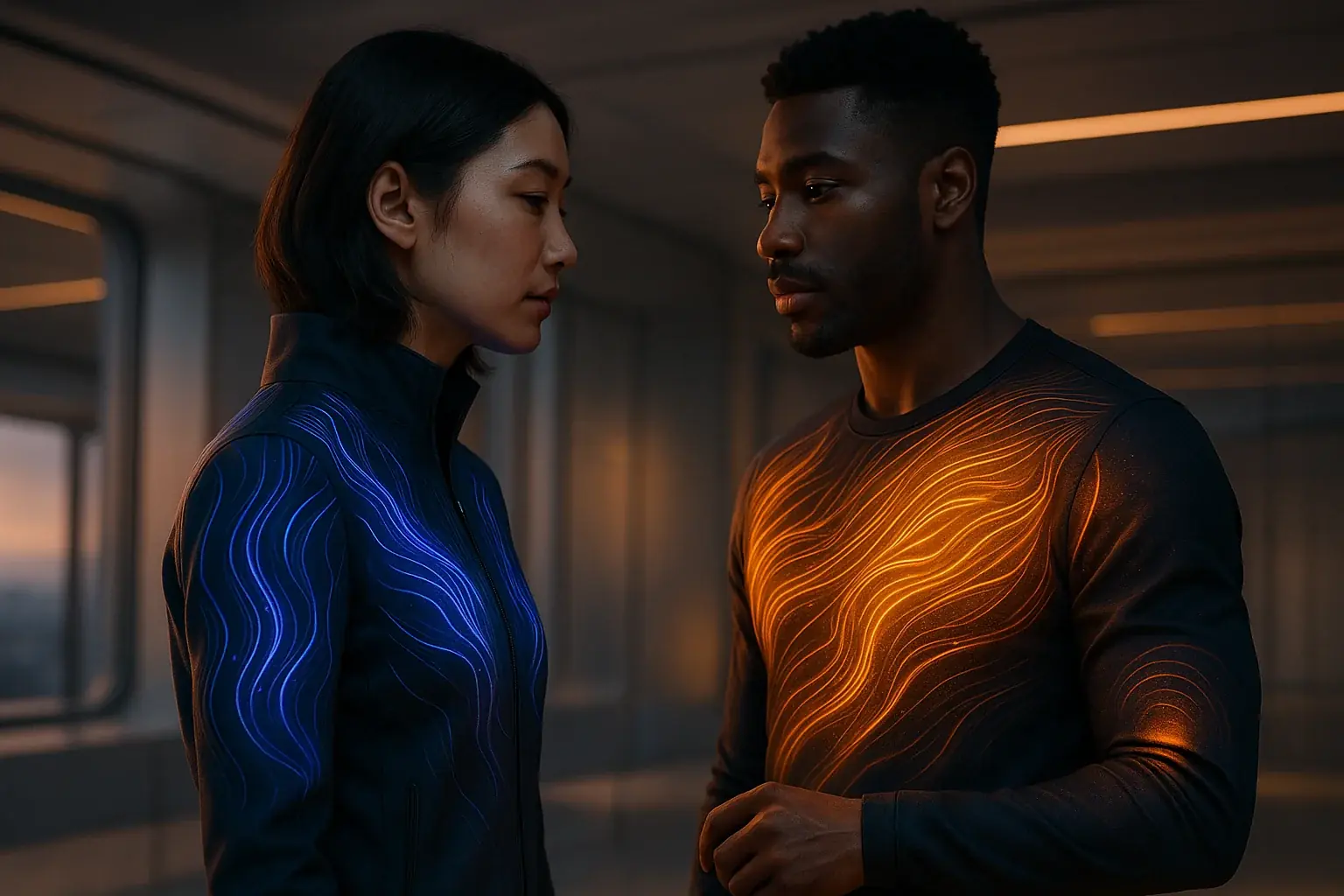
The true power of sensors in clothing extends far beyond simple pattern changes. Sensors open doors to genuine interaction. Your garments become active participants in your life. Your clothing is a dynamic partner. This technology transforms passive adornment into active dialogue.
Imagine your sleeve gently vibrating. Haptic feedback signals rising stress, nudging you to breathe deeply. Or consider your jacket’s pattern. It shifts, becoming more fluid, mirroring a crowd's vibrant energy. These interactions create richer, multi-sensory experiences, connecting you more deeply to your internal state and external world.
Here lies a profound potential: social mirroring. What if clothing could subtly reflect a group's general mood? This could foster deeper empathy. It could build stronger connections. This is not mind-reading; it amplifies non-verbal cues for better understanding. VibeWear's investigation suggests this subtle feedback loop can enhance social cohesion.
This technology signals a fundamental shift from passive wear to active engagement. Your clothes will not just show. They will do. They will feel. Sensors are the key to unlocking truly responsive, deeply personal, and socially aware fashion experiences. Fashion becomes an extension of your senses.
Invisible Tech: Miniaturization & Seamless Textile Integration

Adaptive clothing needs its technology to disappear for daily life integration. Nobody desires bulky, rigid gadgets. The ultimate goal remains clear. Garments must feel like regular clothing. Yet, they possess hidden intelligence. Sensor miniaturization makes this comfort and aesthetic appeal possible.
Achieving this technological invisibility presents complex challenges. Flexible electronics bend with the body. Conductive textiles weave pathways directly into fabrics. Clever encapsulation techniques then protect these delicate components. They shield sensors from sweat, washing, and constant movement. This demands significant engineering ingenuity.
Here is a practical reality. Early smart textile prototypes often faced durability issues. Washability also proved a common failing. Users reported frayed wires. Sensors frequently failed after only a few laundry cycles. The unspoken truth? Seamless integration demands design for real-world wear. Lab demonstrations are not enough. Breakthroughs in stretchable electronics and robust encapsulation are finally addressing these critical needs. VibeWear's analysis confirms these advancements are pivotal for user adoption.
True invisibility transforms the user experience. Sensors integrate seamlessly. The adaptive experience feels natural. Almost magical. You are not consciously wearing a device. You wear clothing. This clothing intuitively understands you. It responds to your internal state. This enhances your comfort and personal expression without conscious effort. What could be more intuitive?

